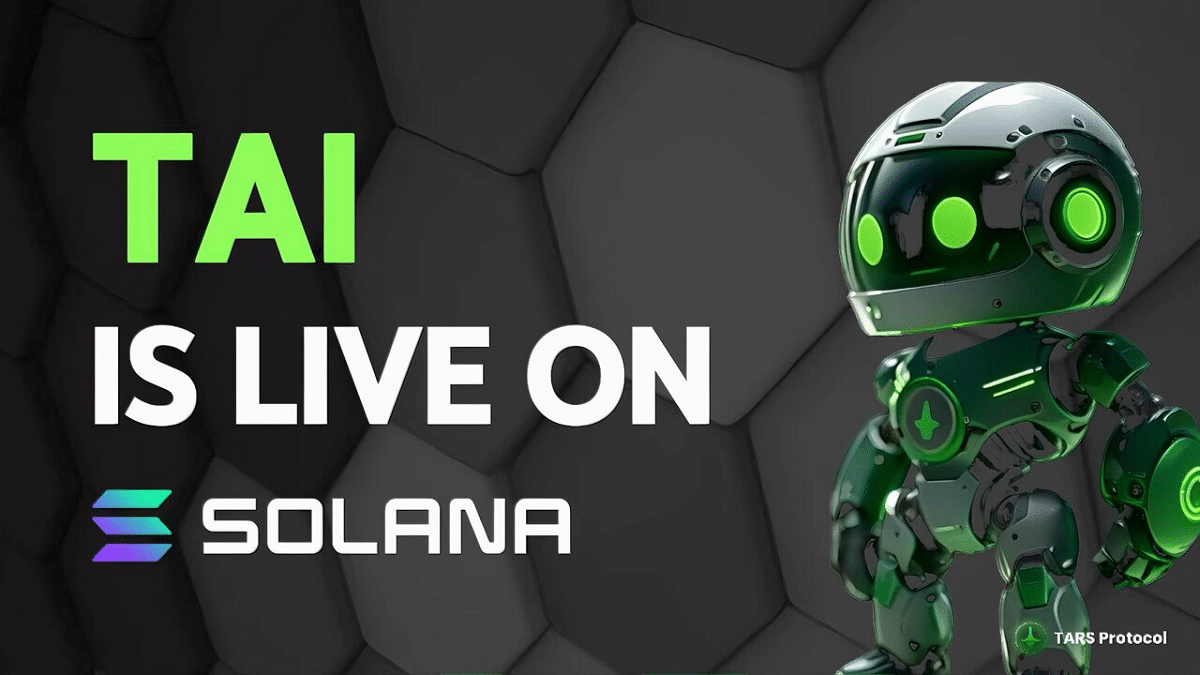Block size and scalability description


What is block size and why is it important?
Block size is important for maximizing storage efficiency and transaction throughput in file system and blockchain contexts.
The amount of data processed or transferred in a single block within a computer system or storage device is called block size. In the context of file systems and storage, it represents the basic unit of data storage and retrieval.
Additionally, smaller block sizes utilize storage capacity more efficiently, reducing the likelihood of unused space within each block and eliminating wasted space. On the other hand, by reducing the overhead of processing multiple small blocks, larger block sizes can improve data transfer speeds, especially when working with large files.
In the realm of blockchain technology, the efficiency and structure of a blockchain network are greatly affected by block size. A block in a blockchain consists of a set of transactions, and the number of transactions a block can contain depends on its size. There are several reasons why this parameter is important.
First, the performance of a blockchain network is directly affected by block size. Processing more transactions at once with larger block sizes can increase transaction throughput. However, larger block sizes have disadvantages, such as higher resource requirements for network users and longer verification periods.
On the other hand, a smaller block size may improve decentralization as nodes are more likely to participate in the network by requiring fewer resources to participate in the blockchain. The blockchain community frequently debates what the ideal block size is as programmers try to balance security, decentralization, and scalability while designing blockchain protocols.
What is blockchain scalability and why is it important?
In the context of blockchain, scalability refers to the capacity of a system to accommodate an increasing number of participants or transactions while maintaining its decentralized nature and overall performance.
The basic purpose of blockchain technology is to function as an open distributed ledger, so scalability is important. A scalable blockchain ensures that the system can remain responsive and manage increasing workloads as more users join the network and the need for transaction processing increases.
Blockchain networks can experience bottlenecks, extended transaction confirmation times, and high fees if not scalable, which limits their application and adoption in a variety of contexts, from supply chain management to financial transactions. In other words, scalability is essential to the long-term survival of blockchain systems and their ability to support an ever-growing global user base.
Layer 2 (L2) solutions are essential to solving blockchain scalability issues. These solutions work on top of existing blockchains to alleviate congestion and increase transaction throughput. L2 solutions, such as state channels and sidechains, reduce the load on the main blockchain and allow for faster (faster finality) and cheaper transactions by moving some operations off the main chain.
These scalability improvements are especially important for widely used platforms like Ethereum, where congestion and high gas prices are ongoing issues. L2 solutions make the user experience seamless and efficient, driving enhanced functionality and broader adoption of blockchain technology across a variety of decentralized applications (DApps).
Relationship between block size and scalability
In blockchain systems, scalability and block size have a complex relationship that directly affects the network capacity to handle increasing numbers of transactions.
For example, during periods of high demand, Bitcoin’s original 1MB block size caused congestion, limiting the number of transactions processed per block. On the other hand, Bitcoin Cash, a fork of Bitcoin, increased the block size to 8MB with the goal of increasing scalability by accepting more transactions in each block.
However, there are pros and cons associated with this adjustment, as larger blocks require more bandwidth and storage capacity. Scalability challenges involve finding a delicate balance. Block sizes can be expanded to improve transaction performance, but doing so can lead to centralization, as only nodes with the necessary resources can process additional data.
Another notable solution, pioneered by the Ethereum blockchain, is splitting the blockchain network into smaller, more manageable sets of data called shards. Unlike the linear scaling model, every shard operates autonomously, processing its own smart contracts and transactions.
Decentralization of transaction processing across shards eliminates the need to rely solely on the performance of individual nodes, providing a more distributed and efficient architecture. In the traditional sense, block size is not the single factor that determines the scalability of a sharding model.
Instead, scalability is achieved through the combined throughput of multiple parallel shards. Every shard adds to the overall capacity of the network for transaction processing, enabling concurrent execution and improving the overall scalability of the blockchain.
Balancing Task: Finding the Optimal Block Size for a Blockchain
To achieve optimal block sizes, blockchain developers must use a multifaceted approach that considers both technical and community-driven factors.
The technical solution includes implementing an adaptive block size algorithm that changes dynamically based on network conditions. To ensure effective resource use, these algorithms can automatically increase block size during times of high demand and decrease it during times of low activity.
Research and development must also continue to investigate new features, such as layer 2 scaling solutions such as state channels in Ethereum or the Lightning Network in Bitcoin. These off-chain methods solve the scalability problem without sacrificing decentralization by enabling large volumes of transactions without flooding the underlying blockchain with unnecessary data.
Community involvement is equally important. The decentralized governance model allows users to collectively decide on protocol updates, including block size modifications. Involving stakeholders in public dialogue, forums, and consensus-building processes ensures that decisions reflect the broader interests within the blockchain community.
Data-driven analysis and continuous monitoring are also important components of the process. Blockchain networks can make necessary modifications to block size parameters based on user feedback and real-time performance metrics. This iterative process allows for rapid adjustments to take into account people’s changing needs and the state of technology.


